A team of German researchers conducted the first study on the direct exposure of cold atmospheric plasma on amino acids at dry conditions.
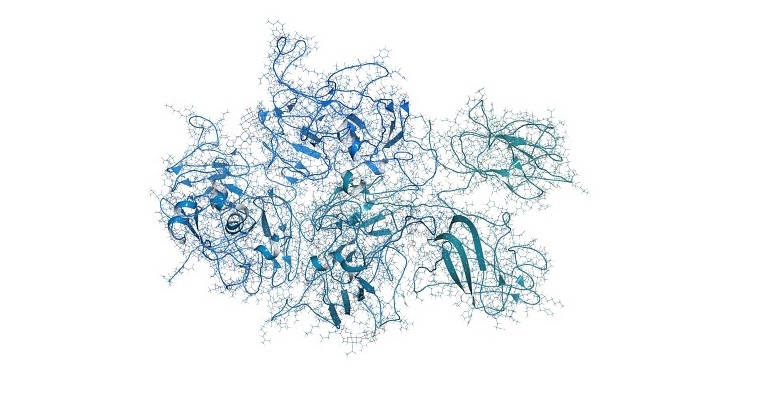

A team of German researchers conducted the first study on the direct exposure of cold atmospheric plasma on amino acids at dry conditions.

A team of researchers from China set up a study that gives new insights in using plasma in breast cancer treatment.

Researchers studied the possibilities of using cold atmospheric plasmas in wound healing and cancer treatment.
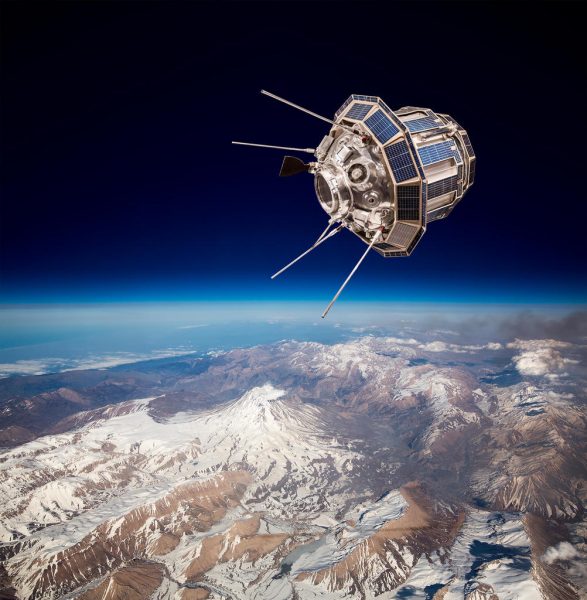
A French team of scientists studied the effect of the atmospheric pressure plasma treatment on poly‐ether‐ether‐ketone (PEEK) surface in terms of wettability and practical adhesion towards metallic thin films as well as the evolution of the wettability of PEEK surfaces regarding the aging of plasma treatment.
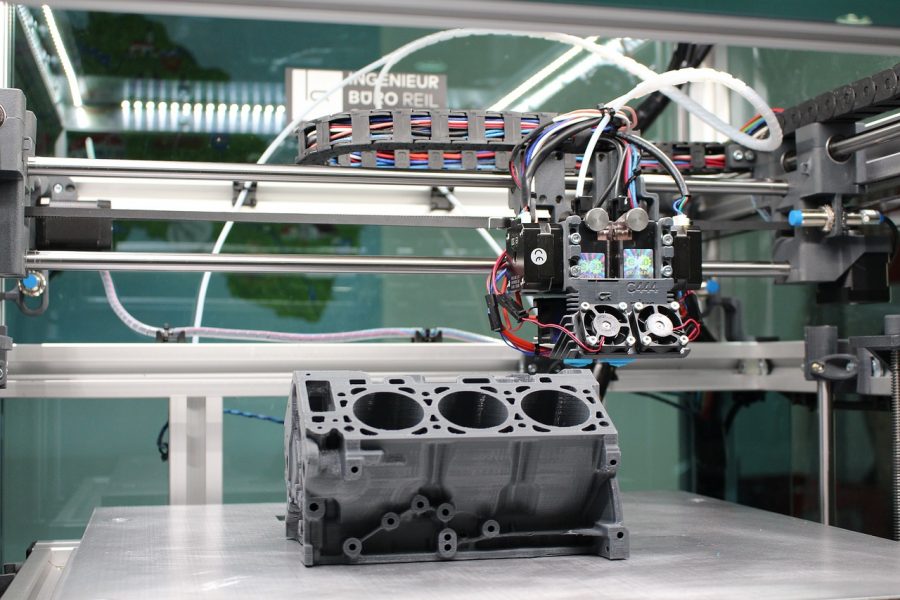
An international team of scientists conducted a comprehensive study of the usability of plasma treated PA12 powder in laser sintering for applications which require high hydrophilicity.
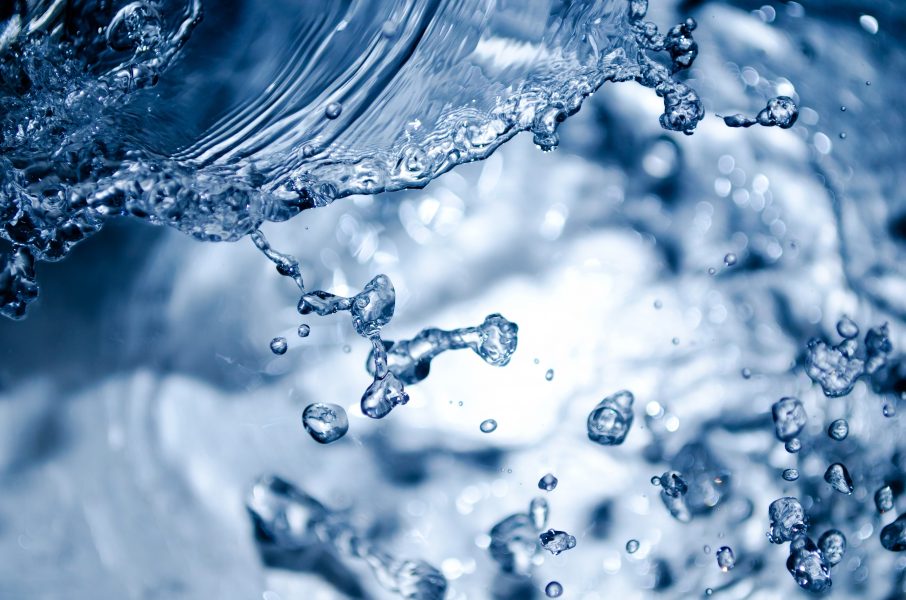
Degrading ibuprofen in water using a pulsed corona discharge.
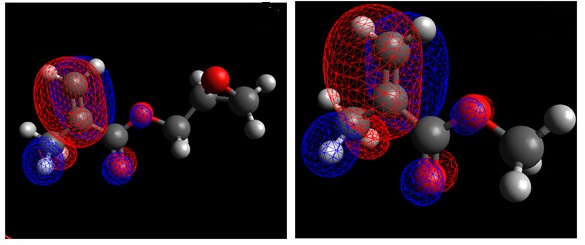
A team of researchers from Luxembourg established a comprehensive mass‐spectrometry study of a set of poly(alkyl acrylate) layers synthesized by atmospheric pressure plasma‐initiated chemical vapor deposition (AP‐PiCVD).
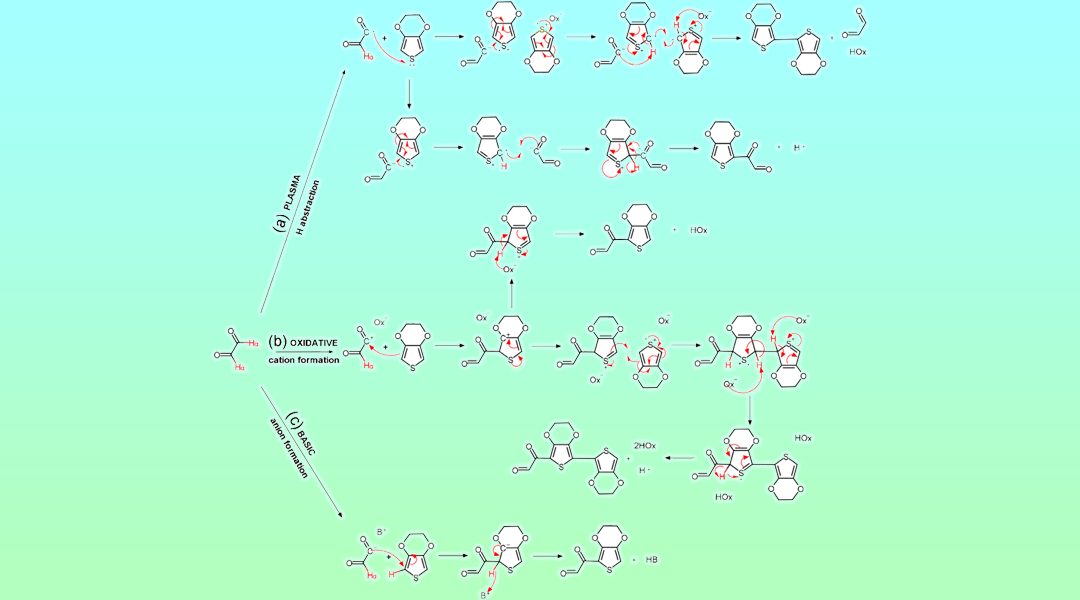
A research team from the institute for Materials Research and Technology in Luxembourg created a simple and easily scalable approach toward the simultaneous synthesis and deposition of conducting plasma‐polymerized 3,4‐ethylenedioxythiophene (ppEDOT) coatings.
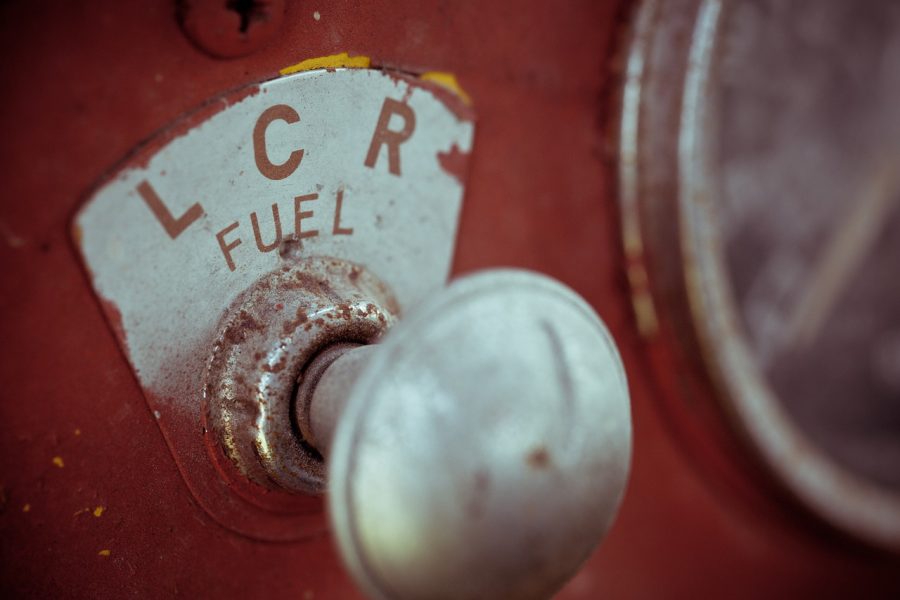
A team of Korean researchers established an energy efficient dry reforming process using a rotating arc plasma to produce synthesis gas.
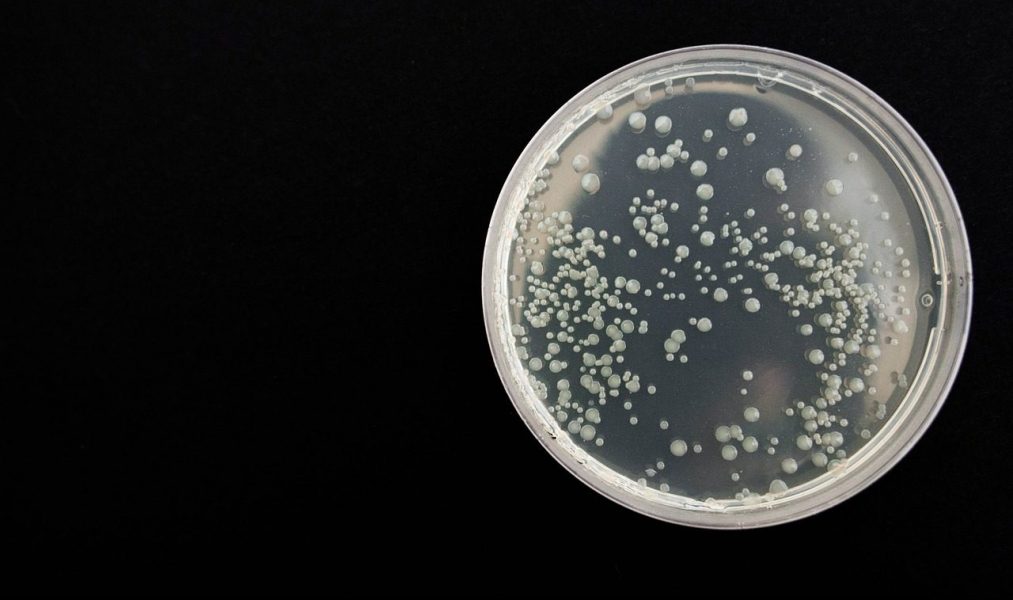
A team of Chinese researchers investigated the plasma-induced inactivation behavior of several bacteria without and with the presence of chloride.